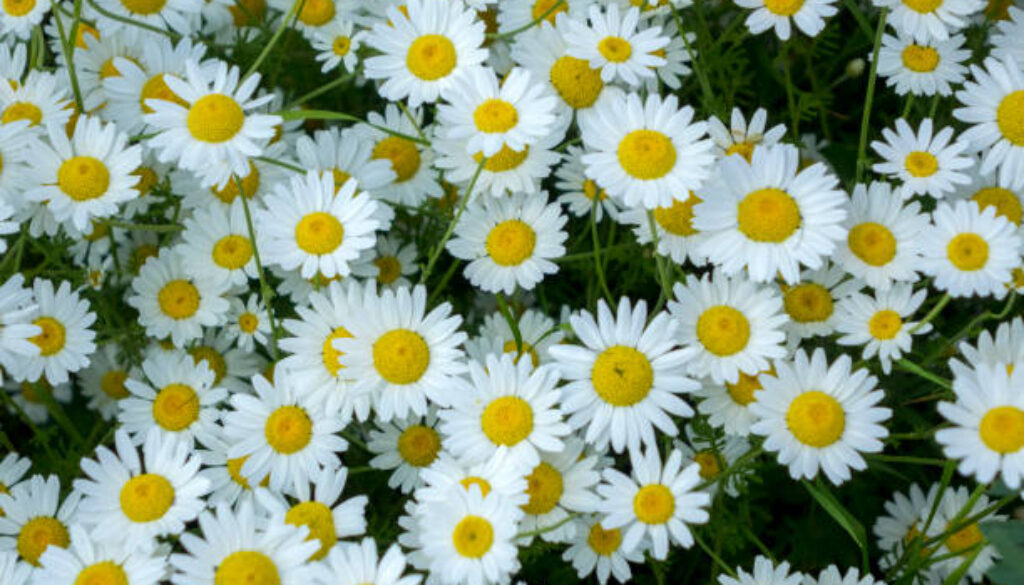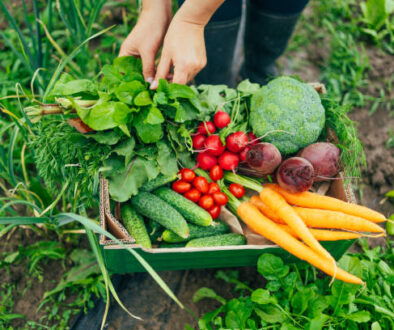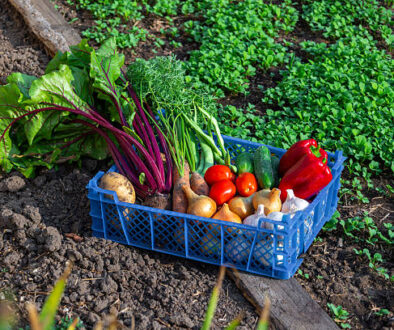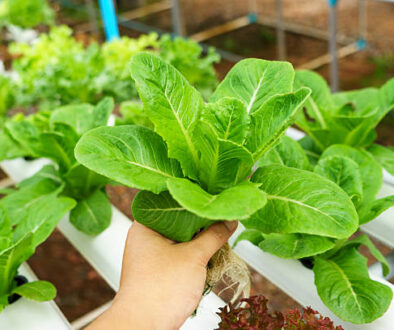Top 10 Medicinal Plants Every Beginner Needs
Quick Disclaimer: This post may contain affiliate links, meaning if you purchase a product through those links, I may receive a small commission with no extra cost to you. Thanks for your support to my work! I only Recommend Products I Trust!
MoreIn this guide, I’ll walk you through the top 10 plants that are easy to grow, simple to use, and packed with healing benefits.
Ready to start your own green medicine cabinet?
Related:
- 15 Beginner-Friendly Herbs To Grow In Your Garden: Herbalism for Beginners (Start Your Herbal Journey Now!)
- 18 Most Powerful Medicinal Herbs You Should Grow in Your Backyard: Must-Have Medicinal Plants
- Top 10 Medicinal Herbs and Healing Plants with Their Benefits and Growing Tips
1. Aloe Vera – The Skin Soother of Your Healing Garden
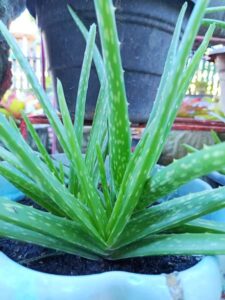
Aloe vera is one of those medicinal plants that every beginner should start with.
It’s incredibly easy to grow—indoors or outdoors—and doesn’t need much attention.
The gel inside its thick leaves is packed with nutrients and healing compounds that can calm sunburn, soothe minor cuts, and reduce skin irritation.
💡Quick Note: Learn How To Transform A Typical Money-Draining House Into A Tiny Profitable Off-The-Grid Homestead. Click Here To Get Started Now!
Plus, aloe is a natural moisturizer that works wonders for dry skin.
You can scoop out the gel and apply it directly or blend it into your own DIY natural products like cooling sprays or herbal salves.
If you’ve ever gotten a kitchen burn, you’ll be glad you have an aloe plant within arm’s reach.
Aloe also has gentle digestive benefits when consumed in small, prepared doses, though you should always follow safe-use guidelines for herbal medicine.
2. Lavender – The Stress-Busting Superstar
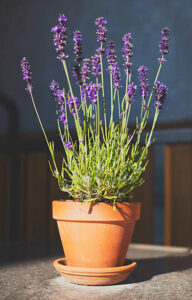
Lavender brings more than just beauty to your garden; it’s a powerhouse for holistic wellness.
The calming scent can help reduce anxiety, improve sleep, and create a more peaceful home environment.
Fresh lavender flowers can be dried and stored for use in teas, sachets, or even homemade bath salts.
You can also make herbal tinctures or infused oils that work as natural stress relievers.
Ever felt overwhelmed after a long day? Just a whiff of lavender can work wonders for your mood.
🌼You Didn’t Miss Out On This Kit, Did You? The Medicinal Garden Kit is a Must-Have for Your Garden. Click Here to Access Now!
Plus, it’s an easy plant to maintain, just give it plenty of sun and well-drained soil, and it will reward you with blooms for years.
3. Peppermint – Your Go-To for Digestion
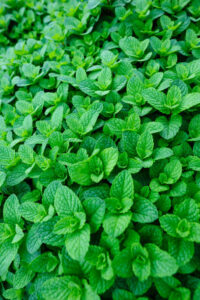
Peppermint is one of the most versatile healing herbs you can grow.
It’s best known for soothing digestion, easing nausea, and helping with headaches.
A fresh peppermint tea can quickly calm an upset stomach and leave you feeling refreshed.
Beyond tea, you can turn peppermint into cooling balms, herbal salves, or even an infused oil for sore muscles.
Keep in mind, it spreads quickly, so plant it in a pot unless you want it to take over your whole Healing Garden.
Its bright, minty aroma also works as a natural bug repellent, making it a double win for your home.
4. Chamomile – The Bedtime Favorite
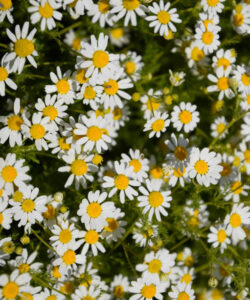
Chamomile is famous for its gentle calming effect, making it a staple in herbal medicine.
A warm cup of chamomile tea before bed can improve sleep quality and help you unwind after a stressful day.
It’s also good for soothing mild skin irritations and reducing inflammation.
💡Quick Note: Learn How To Transform A Typical Money-Draining House Into A Tiny Profitable Off-The-Grid Homestead. Click Here To Get Started Now!
You can dry chamomile flowers for teas or add them to bath blends for a relaxing soak.
This plant doesn’t require much maintenance, so it’s perfect if you’re just getting started with medicinal herbs.
Bonus tip: Plant it near vegetables, as chamomile attracts beneficial insects that keep pests away.
5. Calendula – The Skin’s Best Friend
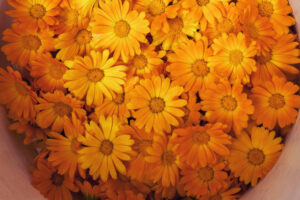
Calendula’s bright orange petals aren’t just beautiful, they’re loaded with healing power.
Known for its anti-inflammatory and antibacterial properties, calendula is great for cuts, scrapes, rashes, and minor burns.
It’s one of the most popular plants for making herbal salves and DIY natural products like lip balms and healing creams.
You can also make a soothing tea or tincture from calendula flowers to support skin health from the inside out.
It’s easy to grow, making it a must-have in any Healing Garden.
6. Echinacea – Your Immune System’s Ally
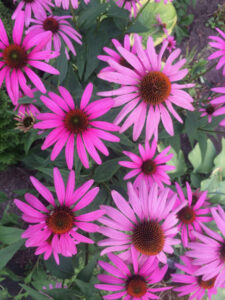
Echinacea is one of the most trusted medicinal plants for supporting immune health.
Many people use it as a tea or tincture at the first sign of a cold to help reduce symptoms and recovery time.
You can grow echinacea in almost any sunny spot, and it rewards you with stunning purple flowers.
Beyond its immune benefits, echinacea also helps with wound healing when applied as a poultice.
It’s a core part of many herbal medicine cabinets for good reason.
7. Rosemary – More Than Just a Kitchen Herb
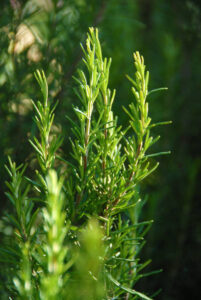
Rosemary isn’t only for flavoring roasted potatoes; it’s also a strong antioxidant and circulatory booster.
Drinking rosemary tea can help improve focus and memory, while topical applications can stimulate hair growth and soothe muscle aches.
💡Quick Note:💚Love Gardening? You’ll love this Kit! The Medicinal Garden Kit is a Must-Have for Every Gardener. Click Here to Access Now!
The best part? Rosemary is a hardy plant that thrives in sunny spots and doesn’t require much water.
You can dry it for teas, make oils, or even create fragrant herbal tinctures for everyday wellness.
8. Lemon Balm – The Calming Citrus Herb
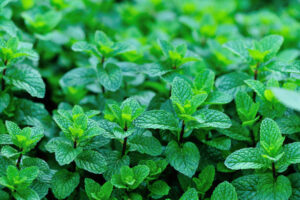
Lemon balm is like a cheerful cousin to mint, offering a gentle citrus aroma and relaxing effects.
It’s perfect for reducing stress, calming an anxious mind, and promoting better sleep.
You can use lemon balm in teas, infused oils, or DIY natural products like calming balms.
It’s also great for attracting bees to your Healing Garden, which will help all your plants thrive.
9. Thyme – A Tiny Herb with Big Benefits
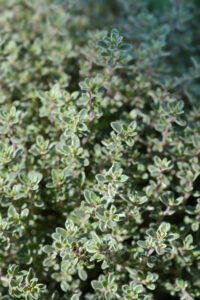
Thyme is a strong antimicrobial herb that works wonders for coughs, colds, and sore throats.
A warm thyme tea or steam inhalation can help clear congestion and fight off seasonal bugs.
It’s also a fantastic ingredient for herbal salves aimed at respiratory relief.
Thyme is low-maintenance and perfect for container gardens, so you don’t need a big yard to grow it.
10. Sage – The Cleansing Powerhouse
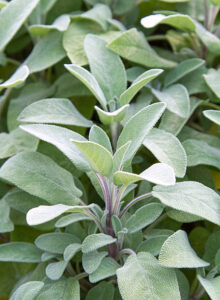
Sage is famous for its cleansing and purifying properties, both physically and spiritually.
It’s packed with antioxidants and can support oral health when used as a mouth rinse.
You can also dry sage leaves for teas or add them to healing broths.
In the garden, sage is low-maintenance and can survive in poor soil, making it a reliable choice for beginners looking to expand their medicinal herbs collection.
Conclusion
Starting your own Healing Garden doesn’t have to be complicated.
By choosing beginner-friendly medicinal plants like these, you can grow your own supply of healing herbs for teas, herbal tinctures, and DIY natural products.
Whether you’re making a soothing balm for a scrape, brewing a calming tea, or boosting your immune system naturally, these plants can become your go-to allies for holistic wellness.
Once you start, you’ll see how rewarding it is to have your own green medicine cabinet right outside your door.
FAQs
- Can I grow medicinal plants indoors?
Yes! Many medicinal herbs, like aloe vera, peppermint, and rosemary, grow well indoors with enough sunlight. - How do I store harvested herbs?
Dry them completely and store in airtight jars in a cool, dark place to preserve potency. - Are medicinal plants safe for everyone?
Most are safe when used correctly, but always research each herb and check for allergies or medication interactions. - How long before I can use my plants?
Many herbs can be used as soon as they’re mature enough to harvest—often within a few months.
